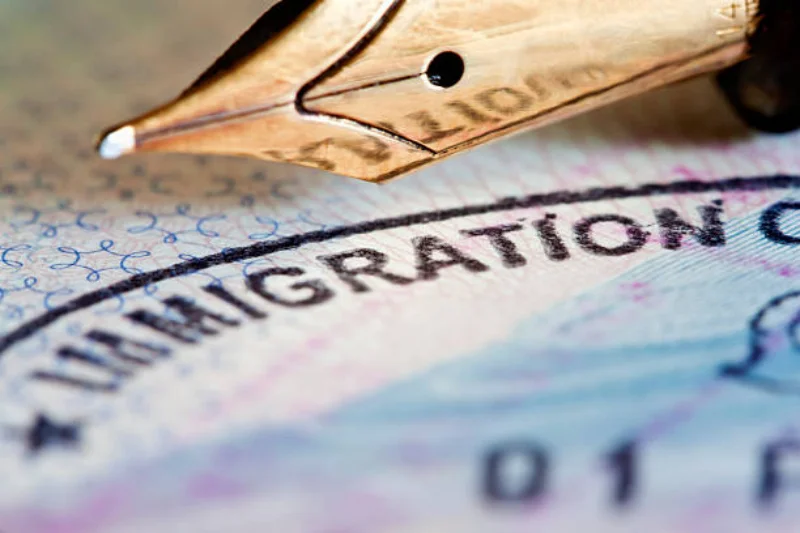Adjustment of Status: A Simple Breakdown of the Process
Adjustment of Status is the immigration procedure that allows eligible non-U.S. citizens who are already inside the United States to apply for permanent residency without leaving the country. Instead of traveling abroad for a consular interview, applicants can complete the entire process from within the U.S., which helps avoid travel delays and keeps families together during the transition.

Anyone wanting a clear overview of how the process works can explore resources available through Adjustment of Status, which explain the requirements and steps in an easy-to-follow format.
Who Can Apply for Adjustment of Status?
Not everyone qualifies, but several groups commonly use this pathway:
Family-Based Applicants
People who have a qualifying relationship to a U.S. citizen or permanent resident, such as:
- Spouses
- Parents
- Children
Employment-Based Applicants
Workers who have an approved immigrant petition and an available visa number.
Humanitarian Categories
This includes refugees, asylees, certain victims of crime or trafficking, and individuals protected under specific humanitarian programs.
Diversity Visa Lottery Winners
Those selected in the annual lottery can apply inside the U.S. if they meet timing requirements.
Basic Requirements
To qualify, applicants usually must meet these conditions:
1. Legal Entry
Most applicants must have entered the U.S. legally through inspection (e.g., with a visa or parole).
2. Visa Availability
A green card must be available in the applicant’s category at the time of filing.
3. Admissibility
Applicants must pass background checks and meet immigration eligibility standards.
Forms Involved
The main forms in the Adjustment of Status process include:
- Form I-485 — the actual adjustment application
- Form I-130 or I-140 — the petition supporting eligibility
- Form I-864 — financial support form (family cases)
- Form I-765 — optional work permit request
- Form I-131 — optional travel authorization
- Form I-693 — medical examination form
What Happens After Filing?
Applicants usually receive:
- A receipt notice
- A biometrics appointment
- A possible Request for Evidence (if documents are missing)
- An interview at a USCIS field office (for most cases)
During the interview, an officer reviews documentation and confirms eligibility based on the applicant’s immigration category.
How Long Does It Take?
Processing times vary depending on:
- The local USCIS office
- The category under which an applicant files
- Case complexity
- Whether USCIS requests additional information
Some cases are straightforward, while others require more review.
Conclusion
Adjustment of Status offers a practical way for eligible individuals to secure permanent residency without having to leave the country. While the process involves several forms and requirements, understanding the basics—legal entry, visa availability, and proper documentation—helps applicants prepare more confidently. With the right information and careful organization, many people use this pathway each year to move toward a more stable and permanent life in the United States.
Ti potrebbe interessare:
Segui guruhitech su:
- Google News: bit.ly/gurugooglenews
- Telegram: t.me/guruhitech
- X (Twitter): x.com/guruhitech1
- Bluesky: bsky.app/profile/guruhitech.bsky.social
- GETTR: gettr.com/user/guruhitech
- Rumble: rumble.com/user/guruhitech
- VKontakte: vk.com/guruhitech
- MeWe: mewe.com/i/guruhitech
- Skype: live:.cid.d4cf3836b772da8a
- WhatsApp: bit.ly/whatsappguruhitech
Esprimi il tuo parere!
Ti è stato utile questo articolo? Lascia un commento nell’apposita sezione che trovi più in basso e se ti va, iscriviti alla newsletter.
Per qualsiasi domanda, informazione o assistenza nel mondo della tecnologia, puoi inviare una email all’indirizzo [email protected].
Scopri di più da GuruHiTech
Abbonati per ricevere gli ultimi articoli inviati alla tua e-mail.
